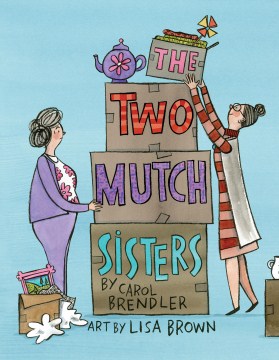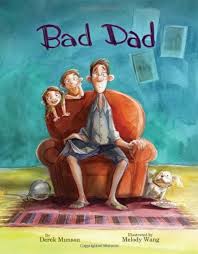 Fleabrain Loves Franny, by Joanne Rocklin, portrays the unlikely friendship between a young girl and a flea.
Fleabrain Loves Franny, by Joanne Rocklin, portrays the unlikely friendship between a young girl and a flea.
Set in Pittsburgh, 1952, Franny Katzenback is recovering from polio and wondering if she’ll ever walk again. Franny reads and falls in love with the brand-new book Charlotte’s Web. At a critical point during her illness she imagines she is being cared for by angels, which just turn out to be nurses in white uniforms. So when she starts to receive letters from a flea, who lives on the tip of her dog’s tail, it seems like just another delusion.
But Fleabrain proves his existence and a strong friendship forms. Fleabrain is a strange and marvelous fluke of nature. He is a self-taught genius and just happens to be a voracious reader. He helpsFranny gain courage, self-confidence and strength to fight her battles with prejudice, discrimination and the struggle of recovery. He is determined to stand by and motivate Franny during this difficult time in her life because he finds he truly loves her. Fleabrain becomes Franny’s Charlotte.
The other characters in the book include her older sister Min, whom she sarcastically calls “Saint Min”, her best friend from a distance Walter Walter (yes, double named), the mean-spirited Nurse Olivegarten, Franny’s adored grandfather Zadie, and Dr. Gutman a neighbor and scientist working with Jonas Salk to find the cure for polio.
Rocklin’s inclusion of many daily life routines and practices of the 1950’s add to the story’s realism. She introduces young readers to some realities of disability and the harsh and often times unfair reactions of others. She also does a good job of introducing many topics for classroom discussion. Readers may learn not only about paralysis, polio, Jonas Salk, vaccines, infectious diseases and prejudices; but also about literary and cultural references such as E. B. White’s Charlotte’s Web, Franz Kafka’s Metamorphosis, James Howell’s Paramoigraphy, the philosophy of Friedrich Nietzsche and Jewish folklore and traditions. These may sound like heavy topics for young readers, but Rocklin provides small spoonfuls of understanding to the reader. As Franny learns of these things in incremental, digestible pieces, so does the reader.
Included is an author’s note reflecting on polio and the issue of disability, and a bibliography of referenced works and songs. Teachers can also go to Rocklin’s website and get a CCSS aligned discussion guide and activities list.






